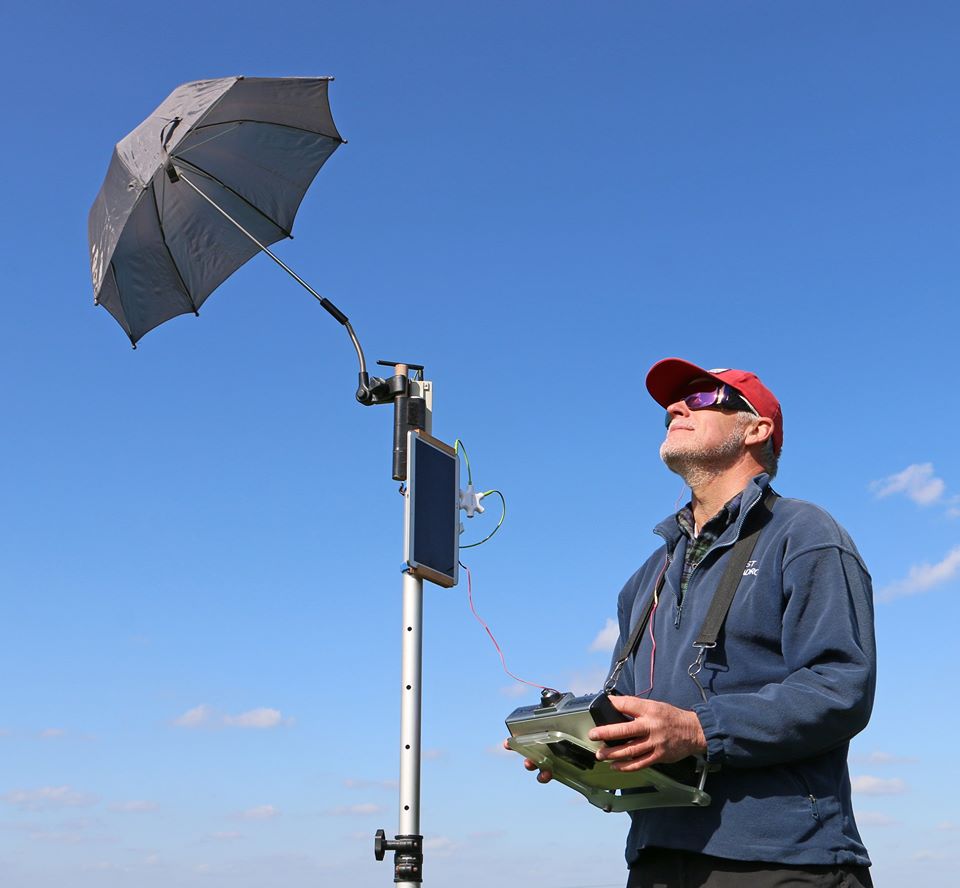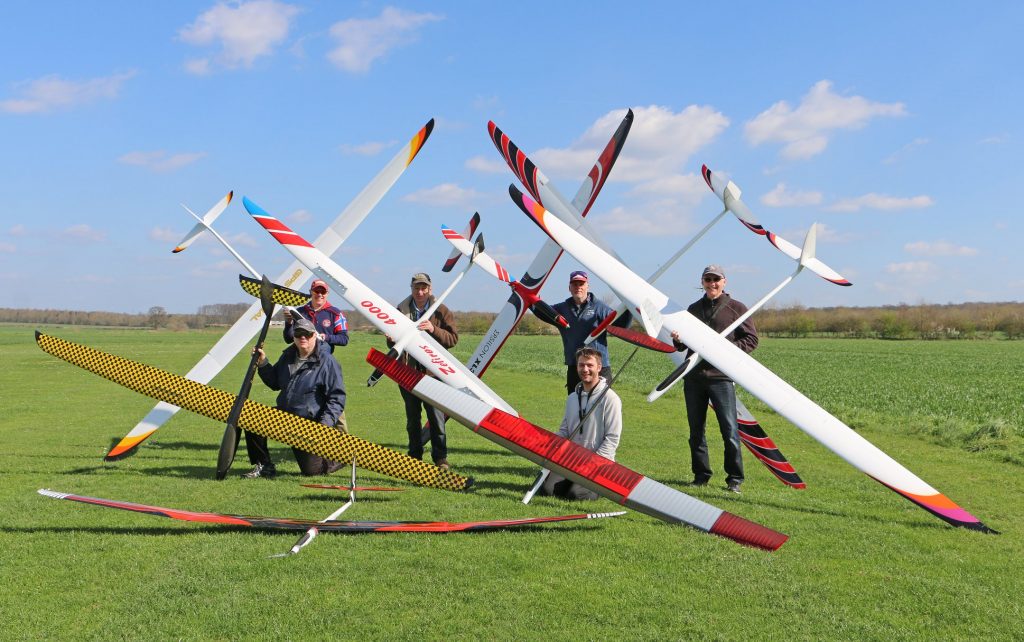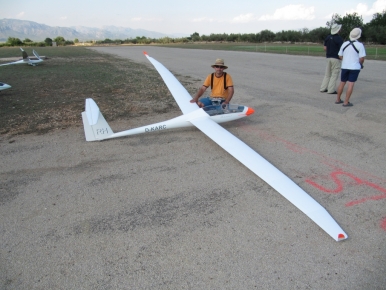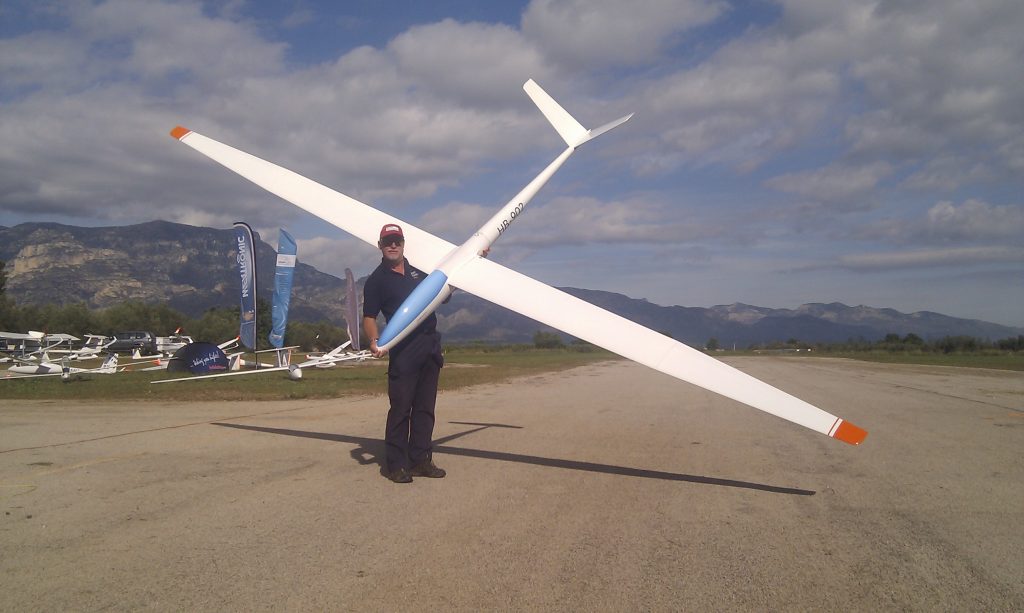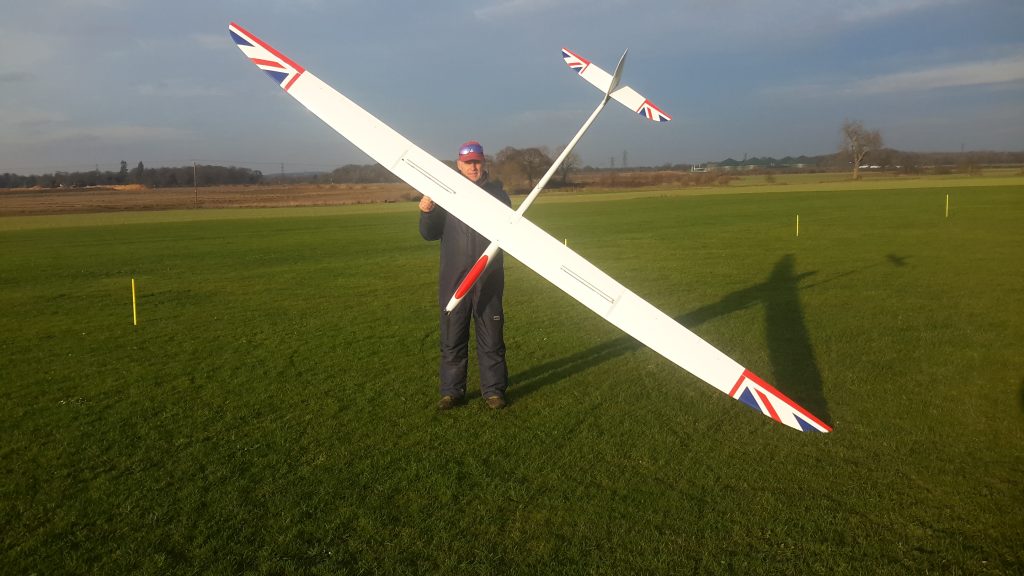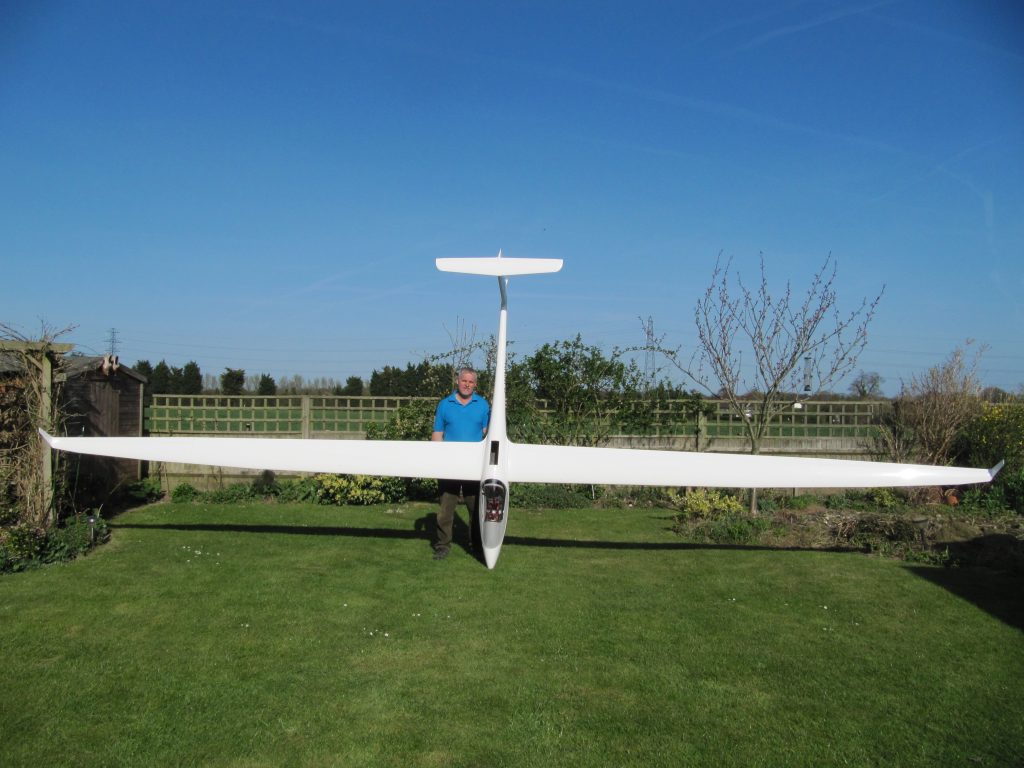Many thanks to John Greenfield for agreeing to provide the content of this page.
GPS Triangle racing is the most exciting form of soaring, featuring the most fabulous models and is gaining in popularity all the time.
John Greenfield is the doyen of GPS Triangle racing in the UK and was 2016 Sport Class World Champion. He’s also LMA’s Senior Model Inspector and Flight Director of the celebrated Ghost Squadron.
GPS Triangle Racing – Fun with gliders.
I suppose with a title like that I should first explain a bit about what GPS Triangle racing is all about.
Simply put it is about flying gliders around a triangular course where the turn points are not marked by pylons or flag men but by pre programmed GPS co ordinates. Each model is fitted with a GPS unit linked to a vario and transmits back to the ground via either the return channel of standard model radio telemetry or a stand alone system. The data is collected by specialist software running on a smartphone, tablet or stand alone device and displays the course, the models position on the course and as a bonus (and essential for racing) up to 40 parameters about the model, its glide angle, speed wind drift and a host of other data.
4 different classes exist:
The “Light” class uses typical F5J type models with a max wing loading of 30g/dm2 and is flown on a 200m course with an entry height limited to 200m.
The “Sport” class is for any model with a wingspan of less than 5m and with a take off weight of less than 7kg. The model must self launch using an electric motor to climb to the start height of 400m. These models are flown on a course where the turn points are 350m from the start point.
The 1/3rd scale class is for models that are a 1/3rd scale replica of an existing full size glider. This class is for pure gliders and they are aerotowed to start height.
The open class which as the name suggests can be any scale model up to a max weight of 25 kg. This class is required to self launch from a ground take off.
Both the 1/3rd scale and open class models have a start height of 500m and fly on a course where the turn points are 500m from the start point.
The goal of the competition is to fly as many laps around the course as possible in 30 minutes. Models are flown or aerotowed up to the start height (depending on the class being flown) and have to enter the course below but ideally as close to the specified start height as possible. The height and speed information is transmitted back from the model by the GPS kit fitted in the model. From that point the pilot is free to fly where he or she likes to find lift to complete as many laps as possible but the turn points must be rounded in the correct order. The best current glider will only fly less than 5 laps in still air and will be on the ground in less than 15 mins so finding lift is essential for a good score. Tactics play a big part in reading the sky and deciding when to stop to look for lift and when to push on around the course.
Further information about GPS flying can be found at:
- www.gps-triangle.net
- www.gps-triangle-league.net
- www.rc-electronics.eu
- www.esoaringgadgets.co.uk
- www.flymate.ch
- www.wstech.de
- https://www.barcs.co.uk/forums/forum/93-gps-triangle-racing/
- https://www.facebook.com/groups/408012873221944
John Greenfield
[Thanks to RCM&E Magazine for permission to reproduce the above two images.]
‘Introduction to GPS Triangle Racing’ – Greg Lewis and others in the BMFA ‘In the Air Tonight’ series.
‘Introduction to GPS Triangle Racing Part 2’ – John Greenfielsd and others in the BMFA ‘In the Air Tonight’ series.
(Great account of trimming a glider properly, whether for GPS triangle or anything else.)

